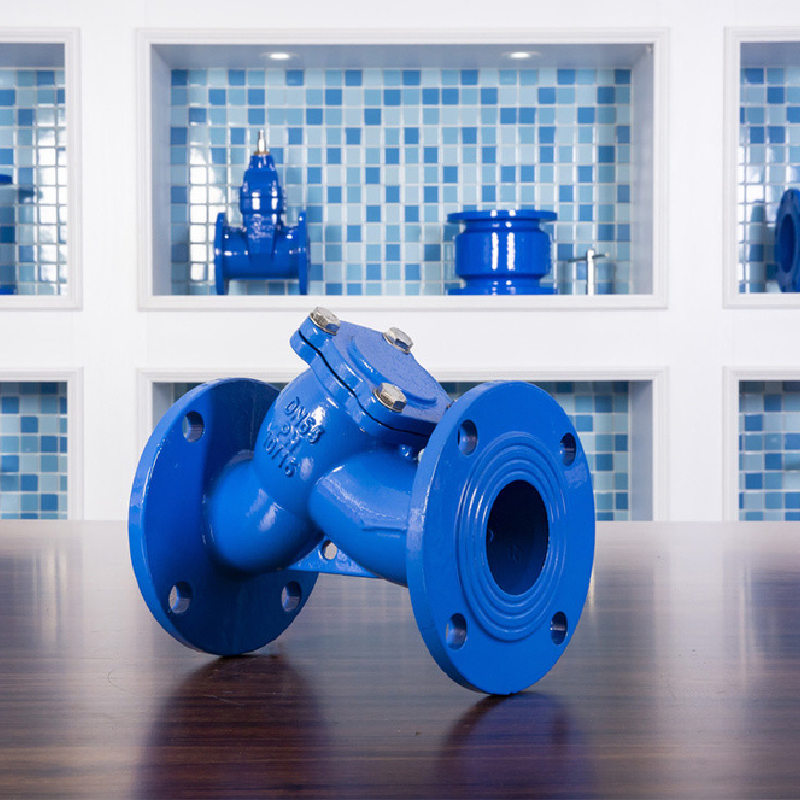Nov . 22, 2024 19:16 Back to list
300 psi butterfly valve
Understanding the 300 psi Butterfly Valve A Comprehensive Overview
In industrial and commercial applications, the efficient flow of fluids is critical, making the choice of valves an important aspect of system design. Among various valve types, the butterfly valve stands out due to its simplicity, effectiveness, and versatility. This article delves into the specifics of the 300 psi butterfly valve, elucidating its construction, operational advantages, applications, and maintenance considerations.
What is a Butterfly Valve?
A butterfly valve is a quarter-turn rotational valve that uses a circular disc to regulate the flow of fluids. This disc, or butterfly, is mounted on a shaft, and when the shaft rotates, the disc opens or closes the flow passage. The term butterfly is derived from the shape and movement of the valve disc. These valves are particularly known for their compact design and minimal pressure drop, making them suitable for a variety of applications.
The Significance of 300 psi Rating
The pressure rating of a valve is a critical factor that determines its ability to operate safely and effectively under specific conditions. A 300 psi butterfly valve can handle pressures up to 300 pounds per square inch, making it an ideal choice for high-pressure applications. Such a robust rating allows it to be used in various industries, including water treatment, oil and gas, power generation, and chemical processing.
Construction Features
A 300 psi butterfly valve is typically constructed from durable materials such as stainless steel, cast iron, or PVC, depending on the application requirements. Its components include
1. Disc The disc controls the flow of the medium. Depending on the design, it can be flat or slightly contoured to enhance flow characteristics.
2. Body The body of the valve houses the disc and is responsible for withstanding internal pressure. The choice of material influences the valve's overall strength and corrosion resistance.
3. Seat The seat provides a sealing surface against the disc. This is crucial for preventing leaks and ensuring airtight closure when the valve is in the closed position.
4. Actuator Many butterfly valves are equipped with actuators, which can be manual or automated. Actuators allow for precise control of the valve position, enhancing operational efficiency.
Operational Advantages
The 300 psi butterfly valve offers several operational benefits
- Quick Operation Due to its quarter-turn design, butterfly valves can be opened or closed rapidly, which is particularly advantageous in emergency situations or critical operations.
- Low Pressure Drop Compared to other valve types, butterfly valves present less resistance to flow, resulting in lower pressure drops across the valve. This feature is essential for maintaining system efficiency.
300 psi butterfly valve

- Cost-Effective The simple design and efficient manufacturing processes contribute to lower costs, making butterfly valves a cost-effective choice for many applications.
- Versatility These valves can handle various media, including liquids, gases, and slurries, making them suitable for a wide range of industries.
Applications
The 300 psi butterfly valve is utilized in various applications, including but not limited to
- Water Supply Systems In municipal water systems, butterfly valves are commonly used to regulate the flow of water and ensure efficient distribution.
- Oil and Gas Industry These valves are essential in pipelines for controlling the flow of crude oil and natural gas, where maintaining high pressure is crucial.
- Chemical Processing In chemical plants, butterfly valves are used to manage the flow of aggressive chemicals, thanks to their ability to be made from corrosion-resistant materials.
- Power Generation In power plants, they are used in cooling water systems and steam control, where reliable operation under high pressure is imperative.
Maintenance Considerations
Regular maintenance of the 300 psi butterfly valve is essential to ensure optimal performance and longevity. Key maintenance practices include
- Routine Inspections Frequent checks for signs of wear, corrosion, or leaks can help identify potential issues before they escalate.
- Cleaning Ensuring that the valve is clean from debris and buildup helps maintain efficient operation.
- Lubrication Proper lubrication of moving parts, such as the shaft and actuator, is vital to ensure smooth operation.
- Testing Periodically testing the valve under operational conditions confirms its reliability and effectiveness.
Conclusion
The 300 psi butterfly valve is a robust and versatile component that plays a vital role in fluid management across various industries. Its simple yet effective design allows for efficient flow control while handling high-pressure applications. Understanding its features, applications, and maintenance will enable professionals to make informed decisions about their fluid control systems, ensuring efficiency and safety in operations.
-
Why Metric Trapezoidal Thread is Ideal for Precision Motion ControlNewsAug.05,2025
-
The Unique Properties of a Block of Granite for Industrial UseNewsAug.05,2025
-
The Role of Flanged Y Strainers in Preventing Pipeline ClogsNewsAug.05,2025
-
The Importance of Regular Calibration for Master Ring GagesNewsAug.05,2025
-
How a Cast Iron Surface Table Enhances Accuracy in ManufacturingNewsAug.05,2025
-
Comparing Different Check Valve Types for Optimal Flow ControlNewsAug.05,2025
Related PRODUCTS









